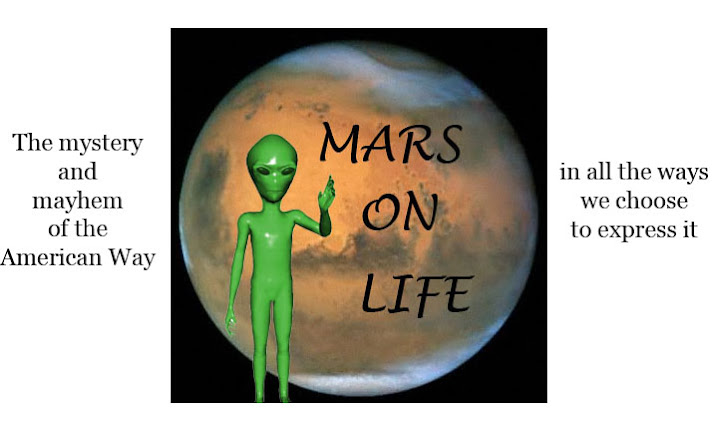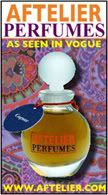 All great showmen have one thing in common. It isn't that they know how to put on a show, and it isn't that they have the best or even the brightest talent. What great showmen share is a thorough understanding of the public and how you can never account for either the public's taste or the public's desire for blood.
All great showmen have one thing in common. It isn't that they know how to put on a show, and it isn't that they have the best or even the brightest talent. What great showmen share is a thorough understanding of the public and how you can never account for either the public's taste or the public's desire for blood.
The Romans and their Colosseum, the Brits and their bears, Buffalo Bill, and P. T. Barnum were all provocateurs of the highest caliber, as was Mike Todd. Mike Todd was possibly the flashiest huckster of the 20th century. In a remarkable feat of promotion, Todd turned Elizabeth Taylor the ingenue into Liz Taylor the spectacle. This he did in the crassest way possible, through sex and diamonds.
After decking Liz out in the world's most vulgar jewelry, any conciliation to good taste would have been like asking Cleopatra to hand over her barge and float down the Nile on an inner tube.
Todd knew that you had to give the public what it wanted, whether that be public executions (Roman), horrific maulings (British), savages (Cody), or freaks (Barnum). We might say that what the public wanted was a heightened human experience, so long as it was someone else's.
As we dry-dock ourselves into self-restraint, the showman and his spectacle become something of a national embarrassment. We've backed ourselves into a wall when our lone agents of old-fashioned showmanship are Britney Spears and the televised evangelists.
Paris, though, is permitted exaggeration. Even there a new moderation has begun to creep through the boulevards like a maudit de Dieu; one misstep and you're going straight down the passage d'Enfer with your tail blazing behind you. This is especially true if you put adult women in baby rompers or dress them up as clowns. Soon, we will all wear the colors of mourning and pigeons. The only person with a renewable license to (over) kill will be John Galliano.
John Galliano is beyond finite considerations or calls for temperance. He's the last of the great showmen in the greatest show on earth, and even when he delivers--as he did for Fall 2008--something with commercial appeal, he's still a long way from naturalism. At his most improbable--the odd-lot weddings of 2006, anyone?--he outmaneuvers fashion, and at his sanest he designs with the eye of a hardcore absinthe drinker.
Spending fall with Galliano means retreating to the 1960s through the prism of the 1920s and taking spectral addict and silent film star Nita Naldi along for the ride. In her decline, Naldi crept around Manhattan with a sunken face and eyes ringed with soot and sorrow. Much as Topanga Canyon flower children did in 1968, Galliano has raided Naldi's steamer trunk for inspiration. Within, the designer found a wardrobe that spanned from Poiret's cocoon coats to the girlish froth of English wartime cinema. In the hands of another designer, this type of collection might be viewed as an opportunistic documentary. To call it a survey is likewise incorrect. Exploration works, but only if you include an implicit shattering of illusion and the creation of a new, possibly more confusing one.
As is typical of Galliano, beautiful garments require cosmetic ma rks of distortion. Splotches of color ringed about the eyes remove any intimacy of identification; one of the showman's oldest tricks is to make you simultaneously the most and least important person in the room.
rks of distortion. Splotches of color ringed about the eyes remove any intimacy of identification; one of the showman's oldest tricks is to make you simultaneously the most and least important person in the room.
The whole collection recalled the importance of movement to fashion. Silks swirled below the knees, reminding us that shins and ankles were once erotic zones. Harem pants billowed and sleeves fluttered with tremendous range of flight and sense of space. Where Galliano showed heavier items like coats the garments seemed more like emotional textures than they did technical ones.
A keen eye will have spotted an homage to Schiaparelli's famous bow knot sweater of 1927.
The cynical might be tempted to say that Galliano never starts with a tabula rasa. Regardless of starting point, the designer always begins at what might be the end of another's imagination. Galliano is no empiricist. The past that he outlines is never the most convenient one, nor is it necessarily his. Galliano's greatest skill as a showman is his ability to convince us not to consider ourselves relative to his work, but to consider only his perspective and think we were very clever to have come up with it on our own.
Images: Style.com
Wednesday, March 5, 2008
Paris Fashion Week: The Greatest Show on Earth
Labels:
John Galliano,
Paris Fashion Week
Subscribe to:
Post Comments (Atom)









7 comments:
It is that 60's tinge over the roaring 20's that I precisely love... and I'm not even a Galliano worshipper like some ppl are....
i thought the set was reminiscent to this quirky aesthetic of soviet houses of culture (don't let me explain what it was), well, maybe except for those extra-volts of sparkle. the clothes surprisingly appeared to be super-wearable. Galliano's line tend to be.
You capture Galliano brilliantly! He is indeed a showman in the tradition of some of the greatest, with talent to back it up.
Galliano is a master in his art. And I cant imagine him doing anything else. Decades from now, people will look back to him for inspirations
Suzanna: I'm feeling a bit lowbrow as, to the best of my recollection, I am unfamiliar with Schiaparelli's famous bow knot sweater of 1927!
I'm not a huge fan of Galliano, but your piece has made me reconsider what he brings to the fashion canon.
Another brilliant post. But why the stumpy hot cross bun toe shapes?
'Showman' is about the word for Galliano. I've always admired the man's ability to milk the occasion for everything it's worth, but I'm not sure what I think just yet- I find it takes time to clear up what I really think of his work..
Post a Comment